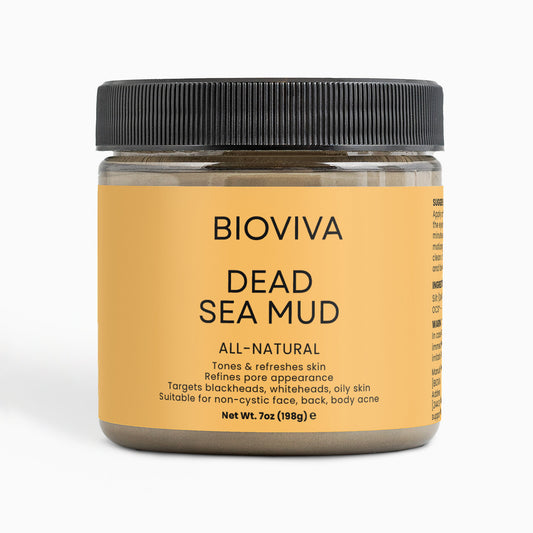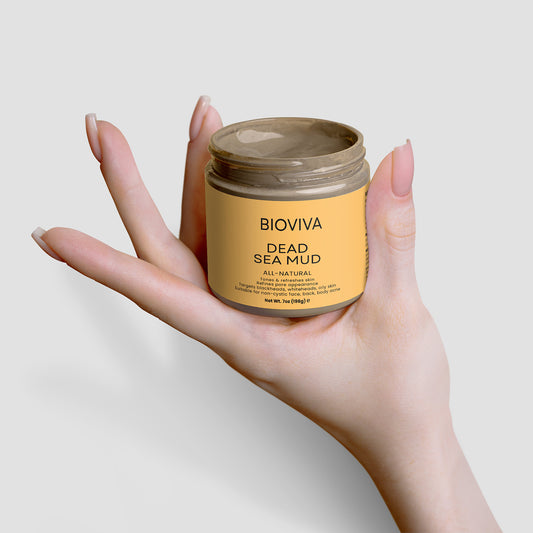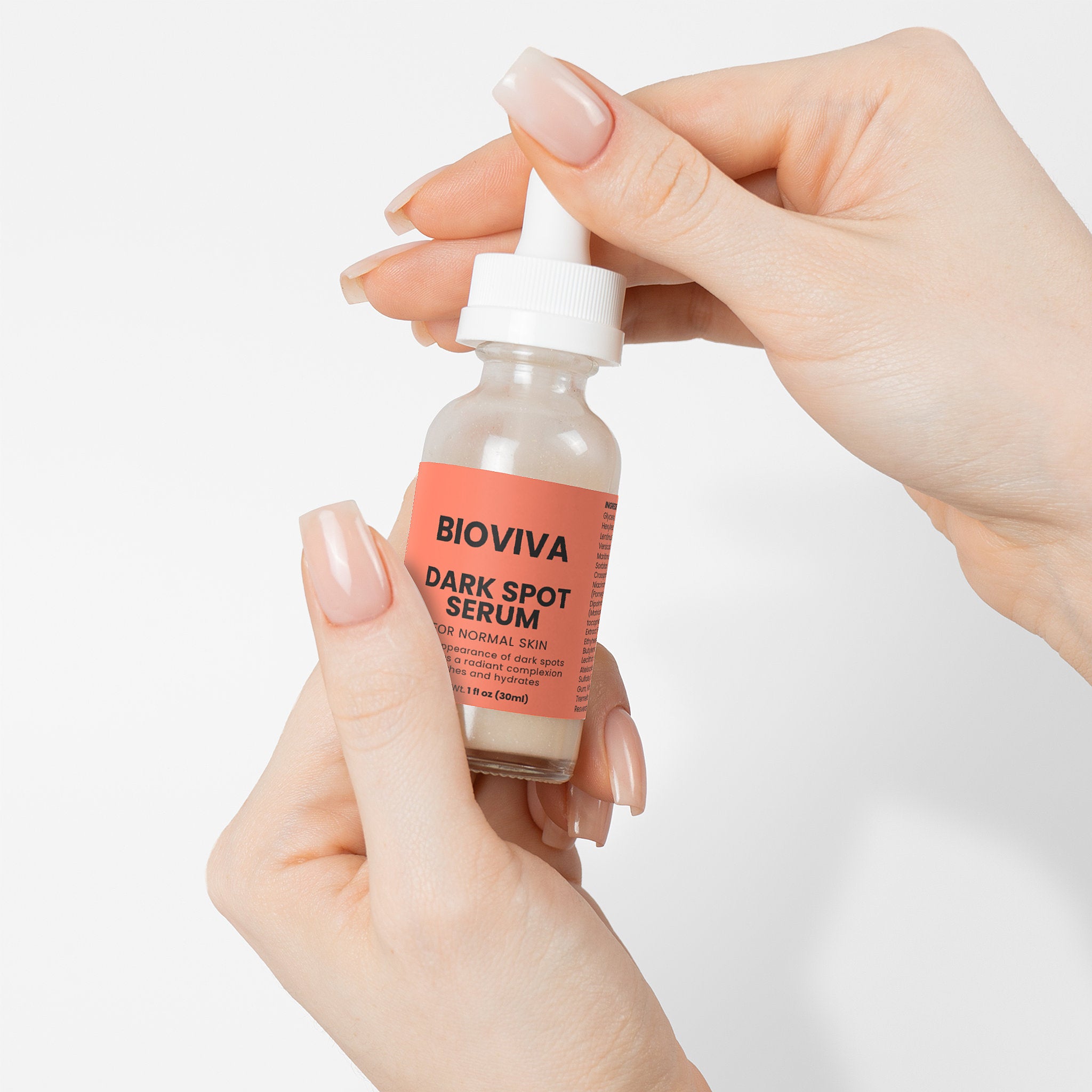Understanding 2025 Skincare Trends Through a Dermatologist's Lens
In 2025, skincare is evolving toward simplicity, personalization, and barrier-focused care, as emphasized at the AAD annual meeting. Gone are the days of overwhelming 10-step routines. Today, multitasking, gentle products are on the rise. Innovations like tranexamic acid for pigmentation and melatonin for nighttime repair are gaining traction. Prevention of photoaging remains vital, with emphasis on daily SPF and antioxidant-rich routines like vitamin C use.
Top Natural Ingredient Trends & Scientific Backing
Beef Tallow Creams
Derived from grass-fed sources, beef tallow’s fatty acids (e.g., oleic acid) mimic the skin’s natural oils, potentially reducing transepidermal water loss by up to 25%. Vitamins A, D, E, and K support regeneration and inflammation reduction. Recommended for dry, eczema-prone skin as a nighttime occlusive. Caution for acne-prone users due to potential pore-clogging.
Peptide Serums
Peptides, short chains of amino acids, can enhance collagen production, skin firmness, and even hair density. Studies show 15% firmer skin and 20-42% increased hair density in 12 weeks. Copper peptides reduce inflammation and extend growth cycles. Use post-toner for face and massage into scalp. Consistent results expected in 3–6 months.
Dead Sea Mud
Rich in magnesium and bromine, this detoxifying agent lowers inflammation markers like IL-1β and improves skin hydration via osmotic action. 80% of psoriasis patients saw relief in studies. Best used 1–2x weekly as a mask for oily or inflamed skin. Avoid overuse to prevent dryness.
Hyaluronic Acid
A powerful humectant capable of holding up to 1,000x its weight in water, it hydrates all skin types without heaviness. Best used layered under moisturizers. Mild pilling may occur if not absorbed properly.
Practical Integration Strategies
- Assess skin type: dry, oily, or sensitive
- Introduce one new product at a time
- Follow this layering order: Cleanser → Toner → Serum → Moisturizer
- Consider skin cycling: alternate actives with rest days
30-Day Gentle Enhancement Blueprint
- Week 1: Add chamomile-based toner post-cleanse
- Week 2: Apply Dead Sea mud mask 1–2x/week
- Week 3: Introduce peptide serum AM/PM
- Week 4: Add beef tallow at night (dry skin) or hyaluronic acid (oily skin)
Evidence-Based Benefits Table
| Ingredient | Key Benefits | Evidence/Studies | Best For | Integration Tip | Potential Drawbacks |
|---|---|---|---|---|---|
| Beef Tallow | Hydrates, mimics sebum, reduces inflammation via vitamins A/D/E/K | 25% TEWL reduction (derm reviews); limited anti-inflammatory studies | Dry, eczema-prone skin | Use at night, mix with lighter cream | Comedogenic for acne-prone skin; may have strong scent |
| Peptides | Boost collagen, hair growth, firming | 15% firmer skin, 20–42% increased hair density in trials | Aging skin, thinning hair | Apply after toner; massage into scalp for hair benefits | Slow results; varies by product |
| Dead Sea Mud | Detoxifies, reduces inflammation, repairs barrier | 80% relief in psoriasis; lowers TEWL in dermatitis | Oily, inflamed skin | Weekly mask; avoid overuse | Drying if overused; avoid eye area |
| Hyaluronic Acid | Deep hydration without weight | Holds 1,000x weight in water; backed by derms | All skin types, especially dehydrated | Layer under moisturizer | May pill if layered improperly |
Balanced Views & Controversies
While natural trends like beef tallow are rising, dermatologists warn against uncritical adoption. Risks include pore-clogging and allergic reactions. Peptides show promise but require consistent use and realistic expectations. Dead Sea treatments have strong backing for inflammation but may vary in results. Always prioritize basics like SPF and hydration over trends.
Final Thoughts
The best routines in 2025 are simple, personalized, and evidence-based. Personalize your regimen based on skin type, focus on barrier repair, and avoid extremes. When in doubt, consult a board-certified dermatologist.




